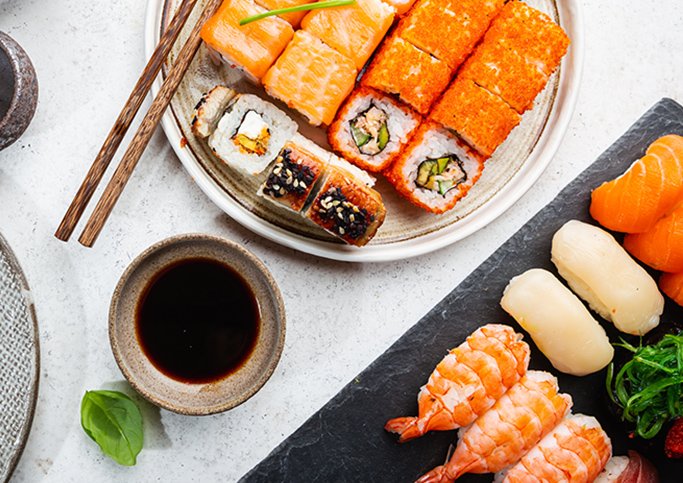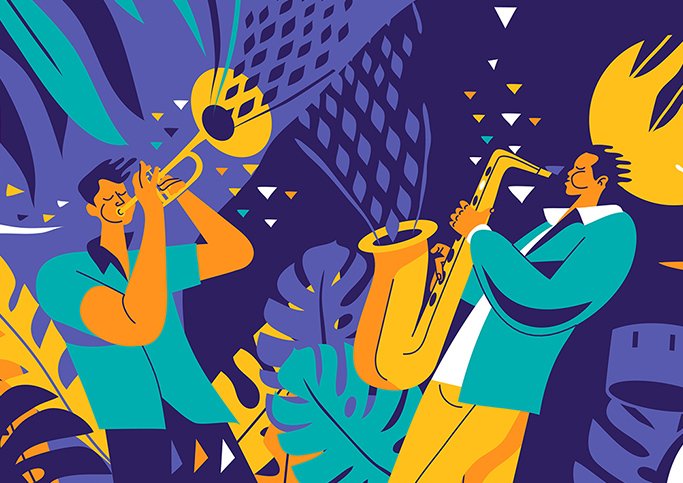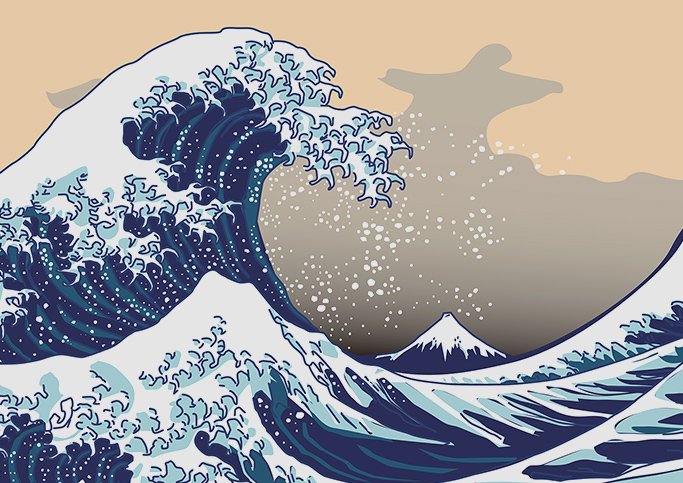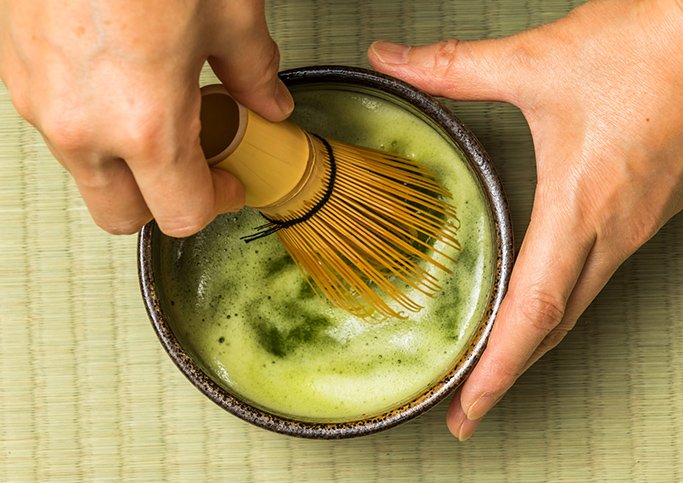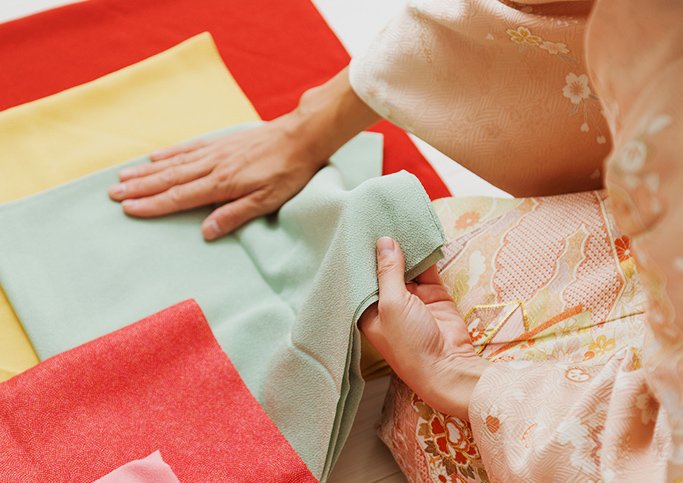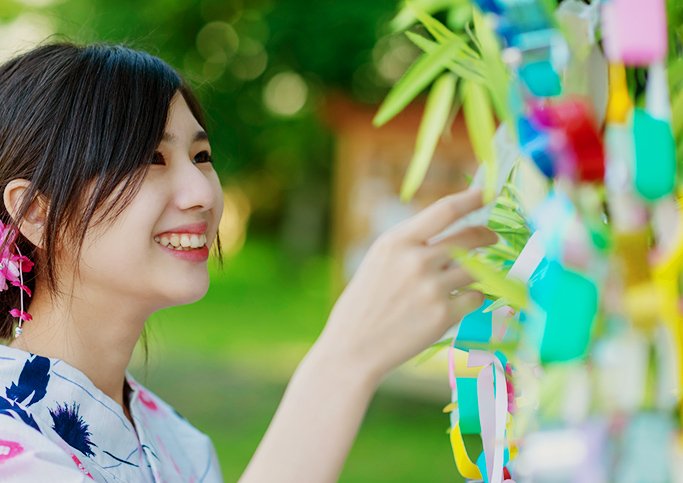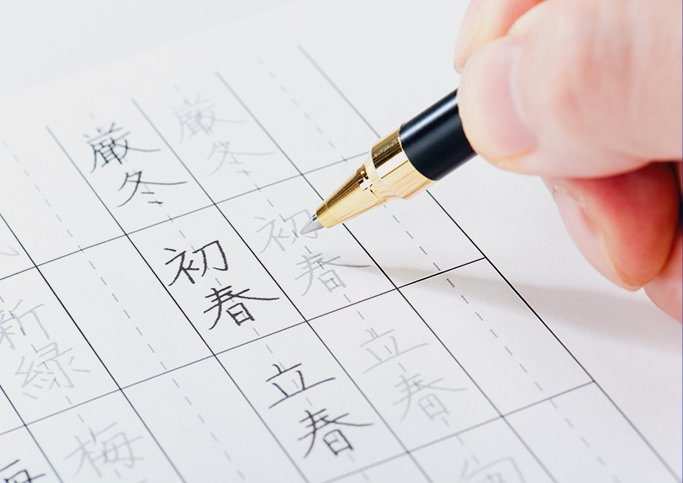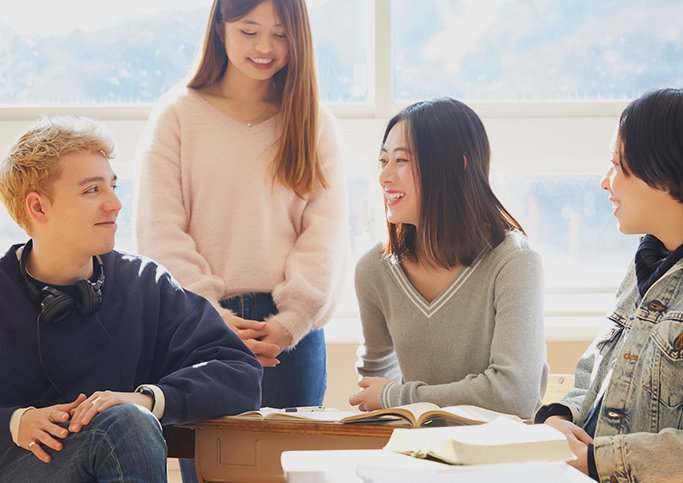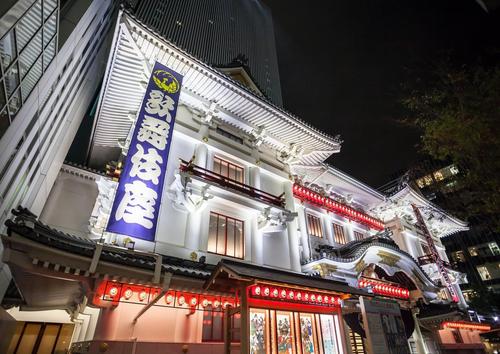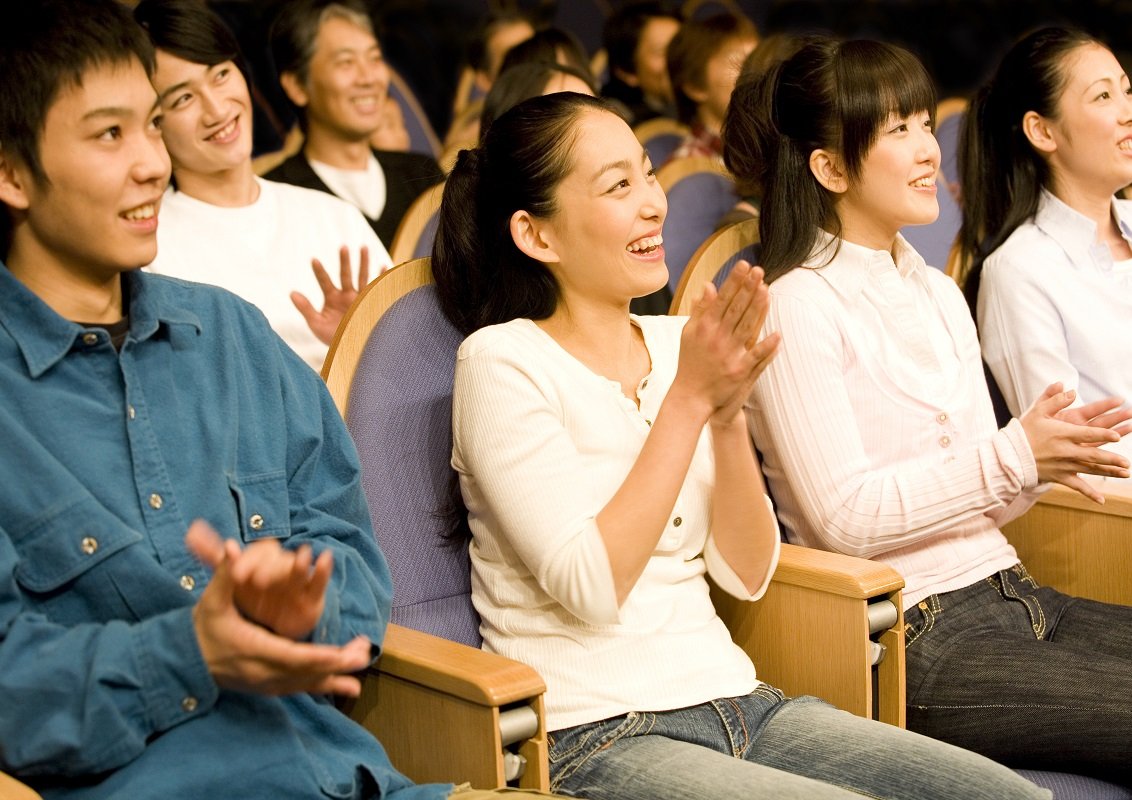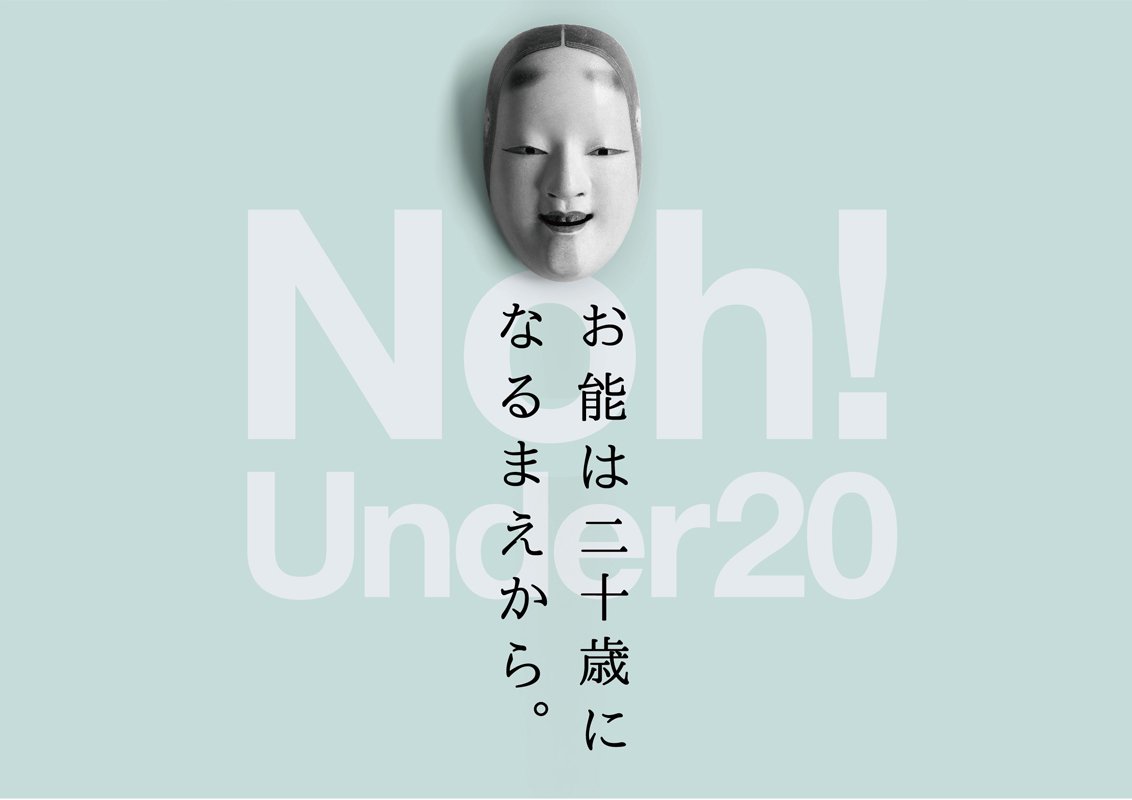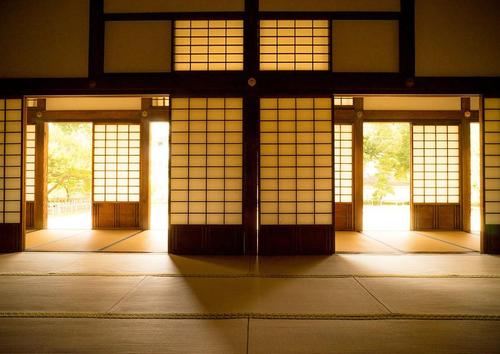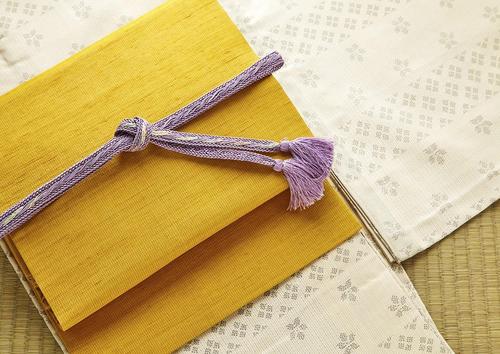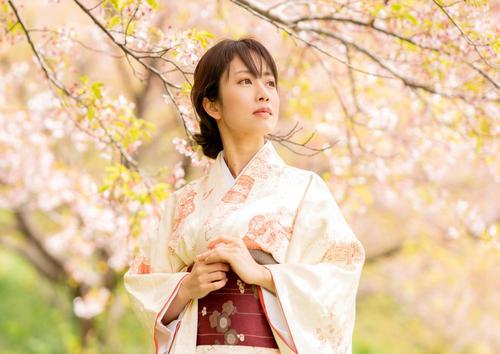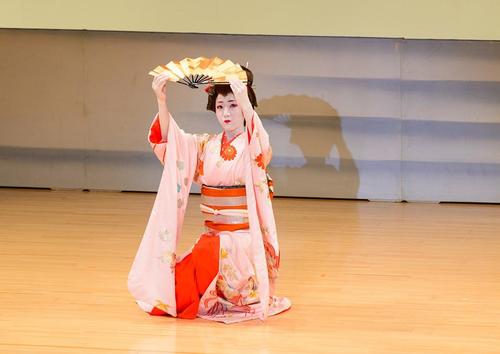When you get a question about Kabuki, are you confident that you can tell the basics?
When you convey something to others, you will learn how important the correct basic knowledge is.
If you answer with confidence, you will be able to communicate smoothly, and above all, you will be more interested in Japanese culture.
Also, if communication is successful, both sides can be satisfied.
We will introduce the basic knowledge of Kabuki, such as the background and history of Kabuki's birth, the classification of performances, and the difference between Edo and Kamigata.
What is the background and history of Kabuki?
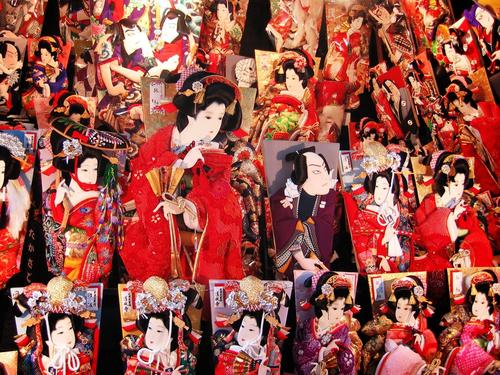
First, I would like to introduce the background and history of the birth of Kabuki.
How was Kabuki born? What is the origin of the name Kabuki?
In the early Edo period, when people appeared in the city with eccentric clothes and actions that were out of the ordinary, it was described as "tilting" to attract people's attention.
And those who do these things will be called "Kabukimono".
After that, the Kabuki dance, which incorporates the unique clothes and movements of the Kabukimono, became very popular and became the origin of Kabuki, which has been handed down to the present day.
Kabuki's unique movements, glittering costumes, and colorful kumadori on the face are rooted in the fashion and behavior of this "Kabukimono", and are familiar to the birth of modern fashion. there is.
Kabuki performers change from women to boys to adult boys
It is said that the shrine maiden of Izumo Taisha, Okuni, first started the Kabuki dance.
The group of Akuni, who had traveled all over the country to collect donations to Izumo Taisha, performed a Kabuki dance to get the joy of the customers.
The appearance of Okuni singing and dancing in a man's costume like a Kabukimono became popular, and there is a record that it was very popular in Kyoto in 1603.
Its reputation was passed on to Edo, and many Kabuki dance groups appeared.
However, in 1629, the Edo Shogunate banned Kabuki because many of the Kabuki performed by women, "Women's Kabuki," were difficult to produce. After that, men began to play, leading to modern Kabuki.
Men's Kabuki also started with "Wakashuka Kabuki" by young boys aged 12 to 18 years old, but Wakashuka Kabuki was also banned by the Edo Shogunate due to moral issues, as it is today. It will be "Baduki Kabuki" played by an adult man.
[If you read the article, may you know the meaning of this KARUTA? ]
And to modern Kabuki
In the Meiji era, the cultural status of Kabuki improved, and there are records of the Emperor Meiji being watched.
The first Kabuki-za theater was born in Kobiki-cho, which is currently located in the southern part of Chuo-ku, Tokyo, in November 1902. In the Taisho era, the performance of the newly written work "Shin Kabuki" with the addition of overseas styles began, and new developments expanded.
Kabuki-za was burnt down by an electric leakage in 1918, and even after it was rebuilt, it was burned down again by the air raids of World War II, but it was rebuilt again in 1951, and the latest stage technology in 1986. With the advent of "Super Kabuki", which makes full use of the above, we have acquired new fans that are different from the past. After that, it was rebuilt due to the deterioration of the building, and it is now the 5th Kabukiza Theater.
With this Kabuki-za theater, which is the Kabuki Hall of Fame, as the center, Kabuki has become a traditional performing art that represents Japan.
Kabuki performances can be broadly divided into four types.
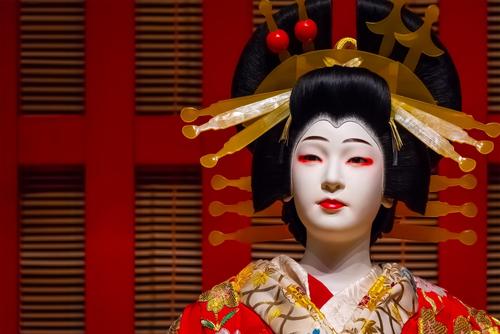
Even if you say Kabuki in a nutshell, the genres of the performances are roughly divided into four categories: "Jidaimono", "Care", "Shosho", and "New Kabuki", and their tastes are divided.
If you find your favorite performance, watching Kabuki will become even more fun, so make sure you understand it.
"Jidaimono" is a historical drama of that time
Even though it is a period product, it is a period product from the Edo period when Kabuki developed, so it is a performance set in the Heian, Kamakura, and Muromachi periods.
Incidents that actually happened in the Edo period are changing times and names.
Representative works include "Kanjincho", "Yoshitsune Senbonzakura", and "Kanadehon Chushingura" in which Minamoto no Yoshitsune appears.
Is "caretaker" close to the current drama?
Care products are modern plays for people in the Edo period. Many of the works are based on the incidents that caused a sensation in the world at that time.
The works "Sonezaki Shinju" and "Yotsuya Kaidan" are very famous, and I think many of you have heard of them.
Some of the care products are familiar to modern wide shows and dramas.
"Shosakuji" is mainly dance
Shosagoto is a dance-centered performance. It also features luxurious costumes such as Kagami Shishi, Fuji Musume, and Musume Dojoji.
The content varies from Noh and Kyogen-themed butoh plays to those in which one dancer plays a different role.
Are popular works such as "Today Kanoko Musumedojoji (Kyoganoko Musumedojoji)" and "Sagimusume (fraud daughter)".
Newly written after the middle of the Meiji era is "Shin Kabuki"
Since the middle of the Meiji era, the performances written by outside playwrights are called "New Kabuki".
Many of the works are influenced by external plays, and "Bancho Sarayashiki" is famous.
Kabuki culture that blossomed greatly in Edo and above
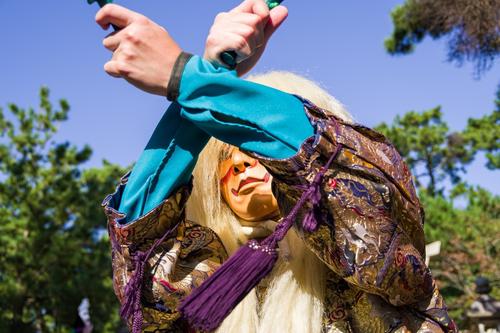
Since the middle of the Edo period, Kabuki has been broadly divided into "Aragoto" in Edo and "Wagoto" in Kyoto, and each of them will flourish.
Make sure to remember the characteristics of these two major flows.
"Aragoto", which gained popularity in Edo, is a hero of poetic justice.
Rough and powerful acting is a characteristic of Aragoto. It is also a big feature that the makeup "Kumadori" that exaggerates the blood vessels and muscles of the face is done according to the dynamic performance.
The focus is on a simple and clear story of poetic justice in which a hero exterminates a bad guy, and "Sukeroku" is a typical example.
"Wagoto", which gained popularity in the upper part, is played by a color man.
It is a characteristic of Japanese affairs (shit) that a graceful man who looks like a woman appears and fascinates the audience with his soft and graceful acting.
Like "Sonezaki Shinju", the story is centered around a human drama that focuses on romance.
"Aragoto" and "Wagoto" are still alive
The flow of "aragoto" and "wagoto" continues to the present day, and "aragoto" is still performed by the Ichikawa family and "wagoto" by the Sakata family, both of which are still performed as prestigious Kabuki arts.
[Do you care about Japan? Would you like to learn Japanese together? ]
Summary
Did you understand the background and history of the birth of Kabuki, the classification of performances, and the difference between Edo and Kamigata?
The origin of Kabuki is very close to the beginning of modern fashion.
If you understand the difference between the four types of performances, you will find that Kabuki is closely related to modern theater and drama.
Also, let's fully understand the difference between Edo's "Aragoto" represented by the Ichikawa family and Kamigata's "Wagoto" represented by the Sakata family.
Kabuki is a typical traditional Japanese performing art that is popular overseas, as its unique makeup, costumes, and movements are easy to convey even if you don't understand the language.
If you know the basics, you will be able to see Kabuki and Kabuki actors with different eyes, and you will notice that your knowledge and culture are expanding.
This article is a partial re-edit of the article published in Nihongo Biyori by KARUTA.
Unauthorized reproduction or use of the contents, text, images, illustrations, etc. of this site is strictly prohibited.
CATEGORIES
FEATURED TAGS
RECOMMENDATION
-
 報BUSINESS TERMS
報BUSINESS TERMSWhat is ”Ho-Ren-So”, one of the basic manners when working in Japan?
10/30/2020
-
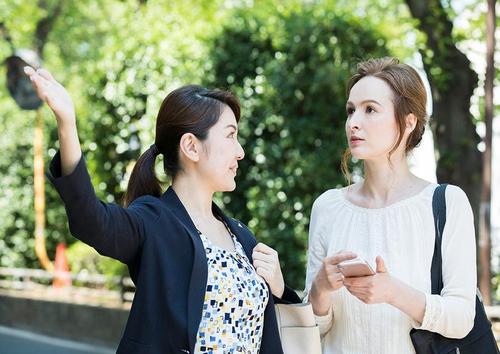 伝WORDS & GRAMMAR
伝WORDS & GRAMMARWhat is easy Japanese?
10/30/2020
-
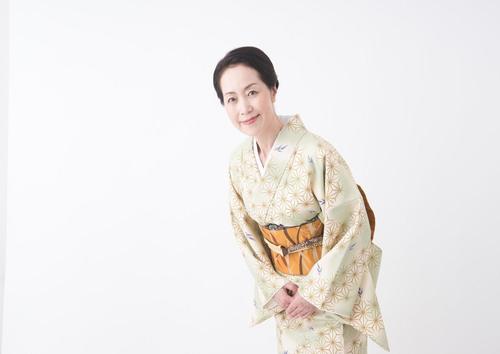 礼MANNERS
礼MANNERSJapanese greeting customs and origins. What are the greetings from other countries?
10/30/2020
-
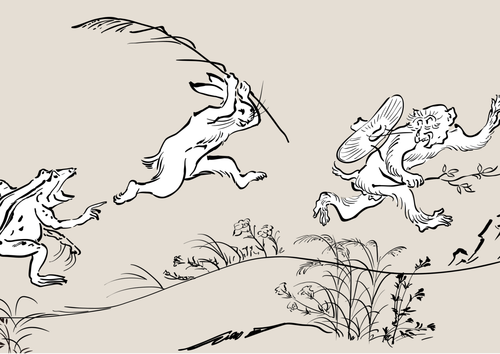 戯COMIC & GAME
戯COMIC & GAMEThe roots of animation and manga? Introducing bird and beast caricatures
10/30/2020
-
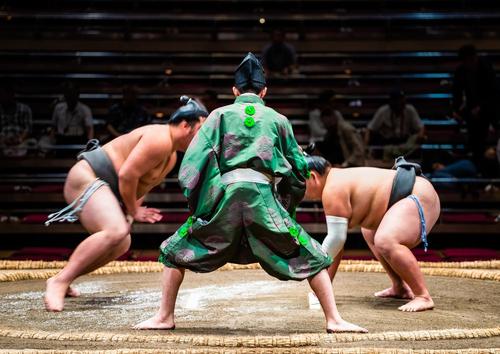 戦SPORTS
戦SPORTSThe history of sumo goes back to the mythical world! ?? Transition from myth to modern times
10/30/2020
LET’S PLAY
KARUTA!
Do you know the meaning of this...
NEXT...
FURTHER EXPLORATION
INTERESTED
IN JAPAN?
WHY DON’T YOU
LEARN JAPANESE WITH US?
START LEARNING
JAPANESE
WITH HUMAN ACADEMY!
ONE OF
THE MOST POPULAR
JAPANESE
LANGUAGE SCHOOLS
JAPANESE
LANGUAGE SCHOOL
OFFERING EXCELLENT
DETAILED LESSONS

ONLINE SCHOOL
- Learn with your classmates from all over the world
- Variety of Courses for All Needs
- FREE Trial Lesson available

TOKYO, OSAKA
- Offer the Best Curriculum for You
- Make New Japanese Learning Friends
- Many Opportunities to Practice Japanese
MAKE FURTHER
STEPS
WITH HUMAN ACADEMY!
ONE OF
THE MOST POPULAR
JAPANESE
LANGUAGE SCHOOLS
JAPANESE
LANGUAGE SCHOOL
PRODUCING MANY
JLPT N1 CERTIFIED
STUDENTS!

ONLINE SCHOOL
- Learn with your classmates from all over the world
- Variety of Courses for All Needs
- FREE Trial Lesson available

TOKYO, OSAKA
- Support Your Higher Goal of Japanese Learning
- Perfect Environment for Japanese Learners
- Learn with Your New Japanese Study Mates



